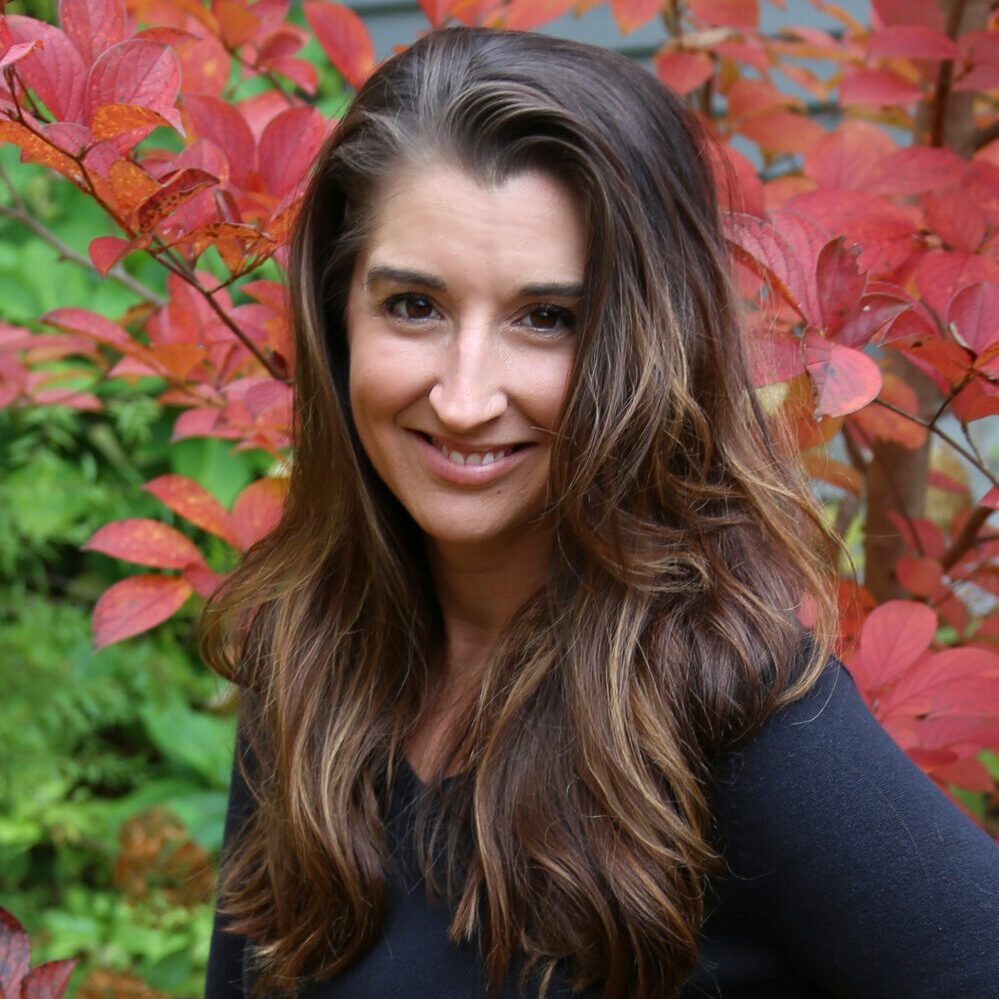
If you’re a gardener—and since you picked up this magazine I’m guessing you are—you probably get peppered with plant questions all the time. I know I do. Take Thanksgiving just this past year. My dad was looking for some trees that would “subtly block” his neighbors who had recently put a pool in their backyard. So in between doling out mashed potatoes and deciding if I wanted apple or pumpkin pie for dessert, I pulled out Dirr’s Hardy Trees and Shrubs from the nearby bookshelf to spark some suggestions. (That illustrated encyclopedia was a Christmas gift a few years back to help my dad make plant choices without my help. Its successfulness in doing so is still up for debate.) This same scenario takes place at summer picnics, children’s birthday parties, or even on planes when my seatmate asks what I do for a living. After I answer, it’s common to hear, “Wow, that’s so interesting. Listen, I have this spot where I need something …” Most of these inquiries center around trees too—and I get it. A tree is an investment with a capital “I.” Not only is a tree the single most expensive plant you will likely purchase for your landscape, but it is also the longest lived. Trees don’t like to be moved, they generally require a bit more effort to get established than a perennial or shrub, and they are usually the focal point of a specific area. For all of these reasons, everyone wants to choose the right tree.
I have a fair number of trees in my garden, but after reading Andy Pulte’s article “9 Fantastic Flowering Trees,” I realize I need more. That’s not because the ones I have are lacking in some way, but because most of them are spring stars and don’t add much (except structure) to the landscape the rest of the year. My absolute favorite tree, and the one I recommend most often to others, is redbud (Cercis spp. and cvs., Zones 4–9). You’ll find a few species and cultivars of that tree in my beds, and when they burst into bloom in May, it’s truly a sight to behold. The buds shoot straight out of the bark, which is an unusual trait and helps this small tree stand out, since its heart-shaped foliage follows only after the blossoms have fallen away. I love the magenta-pink flowers so much that I’ve been known to paint my fingernails a similar color in spring (which helps hide the dirt beneath them brilliantly). Andy recommends a redbud cultivar that falls more into the dark red range, which I now need to round out my redbud collection. Read further into the article, though, and you’ll discover other flowering-tree suggestions for later in the season, including a magnolia with blossoms the size of my head. That one’s going on my must-have list as well. I have a lot of spectacular spring bloomers and a decent array of woodies with fall color, but the dog days are missing some standout trees.
Back at my dad’s house, we settled on some assorted hollies (Ilex spp. and cvs., Zones 2–9) to plant along the property line. They do flower (though insignificantly). The real appeal, though, is the evergreen foliage and quick growth rate that are going to help camouflage the cannonball competition taking place in the neighbor’s backyard very soon. In the end, flowers are great, but privacy is better.
—Danielle Sherry, executive editor
Photos: Danielle Sherry
See the article Danielle references in her letter: 9 Fantastic Flowering Trees
Then learn how to get the most out of these beauties with 4 Essential Tips for Pruning Flowering Trees




















Comments
Log in or create an account to post a comment.
Sign up Log in